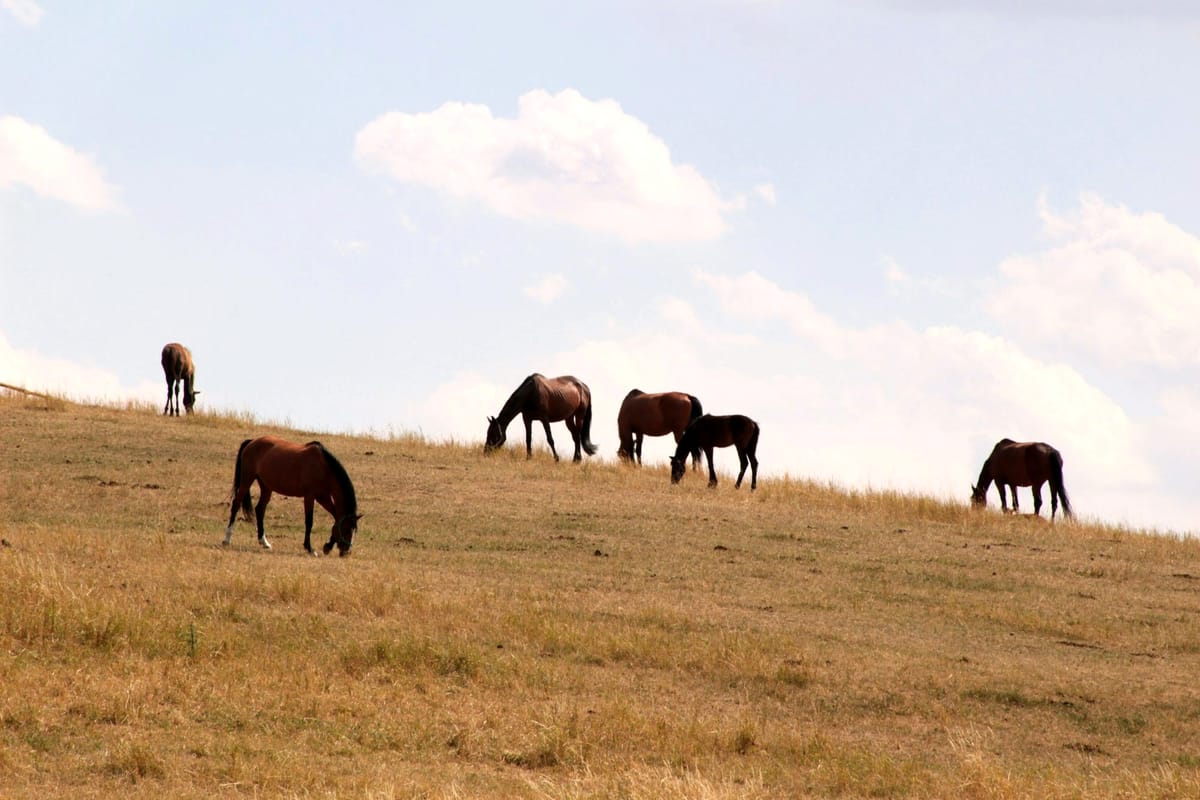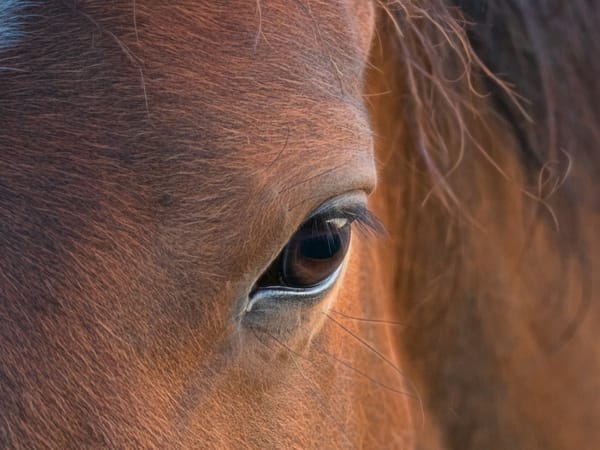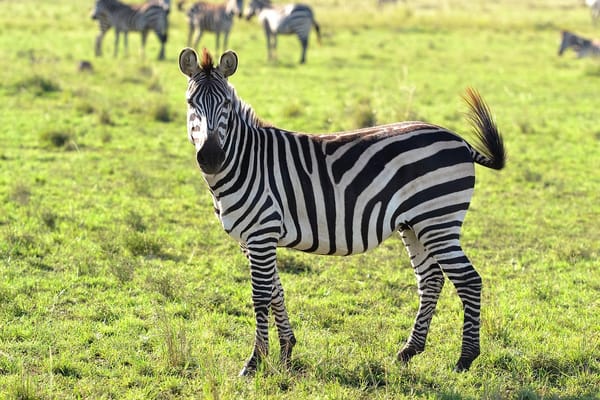Emissions in the equine industry
While emissions reduction is a major focus in intensive livestock farming, the equine sector has largely been overlooked. Limited research exists on emissions from horse stables, breeding facilities, and riding schools, leaving the environmental impact of

A stable located between urban and Natura 2000 areas illustrates the complexities of balancing equine operations with environmental regulations.
This facility, home to 60 horses, provides riding lessons, boarding services, breeding programs, and even operates as a care farm.
When the stable sought to construct a roof over its outdoor arena, strict nitrogen emission limits had to be met. The project used fully electric machinery to comply, resulting in higher costs and extended timelines but demonstrating the feasibility of emission-free construction in the sector.
The equine industry faces a significant knowledge gap regarding emissions, and unlike other livestock sectors, little is known about ammonia, greenhouse gases, or odor emissions from horse facilities.
This is partly due to the sector's diversity, encompassing various housing systems, manure management practices, and scales of operation, ranging from professional businesses to hobbyists.
Preliminary efforts have identified key sources of emissions, such as horse transportation, which generates significant CO₂, especially in competitive equestrian sports where horses are transported internationally.
Ammonia emissions have also been linked to the sector, contributing to an increasingly notable share of agricultural emissions.
The Role of Manure
Manure is a primary driver of emissions in the equine sector. Horses excrete most of the nitrogen from their diet as ammonia and nitrous oxide, a potent greenhouse gas.
Bedding materials, like straw, can mitigate emissions by absorbing urine, but emissions increase when bedding becomes saturated.
Efficient manure management, including frequent removal and repurposing as fertilizer, is essential to reduce environmental impact.
Challenges and Opportunities
The equine sector is beginning to address environmental concerns, but many questions remain.
How emissions are measured, what constitutes sustainable practices, and how businesses can adapt to future regulations are key uncertainties.
Additionally, the sector’s classification—sometimes as agriculture, other times as sports—complicates compliance with environmental laws.
Future research and collaboration are essential to develop a sustainable approach.
This includes exploring innovative solutions, such as outdoor group housing for horses, which could impact both animal welfare and environmental performance.
As the sector grows, it will need to align with broader sustainability goals while ensuring its practices remain viable and environmentally responsible.





